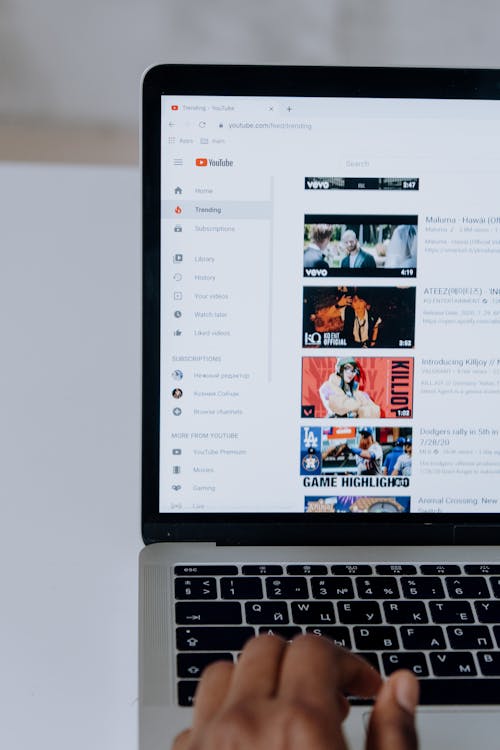Google is currently in the process of phasing out Custom Affinity Audiences and Custom Intent Audiences while replacing them with the more generalized Custom Audiences.

The only real difference is the name. If you go into Custom Audiences, you’ll still be able to set up audiences based on people’s interests/habits/etc., but they just won’t be called Custom Affinity Audiences anymore.
With the new Custom Audiences layout, you can go into that section and see some different options. One of these options talks about targeting people who have searched for keywords on Google. This option refers to the old Custom Intent Audiences (I’ve already talked about this in a different post). All of the other Custom Audience options (people with a specific interest, people who browse certain websites, or people who use types of apps) are newly named from what used to be Custom Affinity options. Because these audiences work so much differently than Custom Intent audiences, I will continue to call them Custom Affinity audiences even though Google is trying to group them all together.
If this is confusing, don’t blame me! I’m just the messenger.
Affinity Audiences are based on people’s interests and habits. With Custom Affinity Audiences, you can create your own audiences by giving Google lists of interests or web addresses. Then, Google will create audiences for you based on the information you entered. Usually, you’ll want to include links to competitor websites or other websites your target customer might be browsing.
Because you can enter competitor website addresses here, some people believe that you are somehow retargeting those people who have visited your competitor’s website, but that is definitely not the case. In no way does Google let you retarget traffic from other people’s websites.
Instead, Google’s algorithm takes a general look at the websites you’ve entered. And then (according to Google) they use this information to reach people who browse content with similar themes to the URLs you enter.
So, Google looks at the themes of the websites that you enter, they find other websites with similar themes, and then they generate an audience of people who browse those types of websites. What’s really happening is the broadening of the targeting. You may think that adding more websites or URLs to the list is going to help Google get more specific with your audience, but actually, the opposite happens…
As you add more URLs, the audience size tends to get larger and larger. Because of how broad these audiences can be, I can’t always get custom audiences to work.
In fact, this is usually the last type of targeting that I try to add when I am running campaigns for my clients.
The best way I’ve found to take advantage of Custom Affinity Targeting is to add a very small number of URLs to the list. I recommend two to five URLs and definitely no more than ten.
If you are trying out Custom Affinity Audiences, don’t overload the list with too many URLs. Also, don’t expect amazing results right away either. You might need to try different combinations of URLs until you can find a custom affinity audience that will work. You might never even get Custom Affinity Targeting to work, so luckily, this isn’t the only tool in our toolbox.